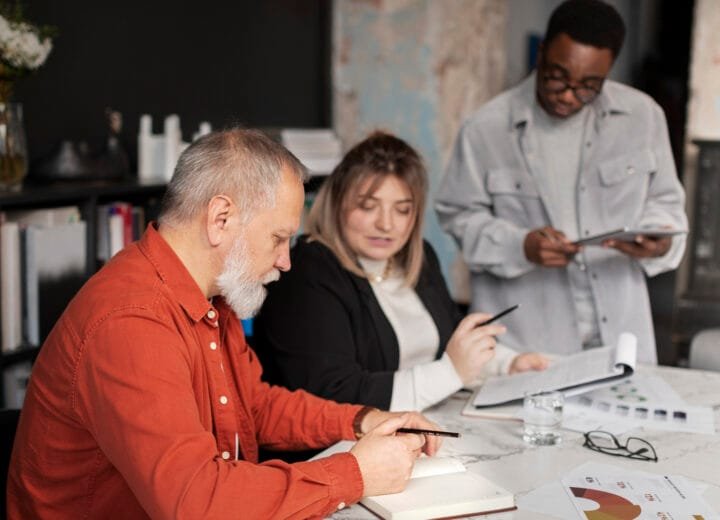In today’s fast-paced world, solving complex problems requires more than just traditional approaches. Creativity plays a crucial role in generating innovative solutions. By embracing creative problem-solving techniques, individuals and teams can unlock new perspectives and solutions that might remain hidden. Here are some ways to harness creativity when faced with challenges.
Change the Environment
One of the simplest ways to spark creativity is by changing the physical environment. The same four walls of an office can sometimes stifle creative thinking. Take the team outdoors, hold meetings in different spaces, or rearrange the workspace to encourage fresh perspectives. A change of scenery can do wonders for thinking outside the box. Brainstorming sessions in a park, café, or even a different room can help break monotony and stimulate new ideas.
Encourage Diverse Perspectives
Different people think in different ways, and this diversity is key to creative problem-solving. By bringing together individuals with different backgrounds, expertise, and viewpoints, you create an environment where a wide range of ideas can flourish. Diverse teams are often better at thinking creatively because they approach problems from various angles. Encourage open discussions and exchanging ideas where every voice is heard, regardless of hierarchy.
Ask “What If?” Questions
Creative problem-solving often involves questioning assumptions. Instead of thinking about the problem within existing constraints, try asking, “What if?” questions. What if you had no budget limitations? What if you could start over from scratch? What if the roles were reversed? By asking these open-ended questions, you challenge conventional thinking and allow room for more imaginative solutions. It’s not about coming up with practical answers right away, but rather opening the door to ideas that may seem outlandish but could lead to breakthroughs.
Embrace Play and Fun
Creativity thrives in environments where people feel comfortable exploring new ideas without fear of failure. Incorporating playful elements, such as games, puzzles, or other fun activities, into the problem-solving process can loosen people up and encourage out-of-the-box thinking. For example, using Lego bricks to model potential solutions or engaging in rapid-fire brainstorming exercises can make problem-solving more interactive and less stressful.
Use Analogies and Metaphors
Sometimes, creative solutions can be found by looking at the problem from a completely different perspective. Using analogies and metaphors can help reframe the issue and reveal new insights. For instance, if you’re trying to improve a team’s workflow, you might compare the team to a sports team and consider how athletes coordinate their movements to achieve a common goal. This shift in perspective can provide valuable new insights into the problem.
Experiment with “Design Thinking”
Design thinking is a structured process that emphasizes empathy, experimentation, and iteration. It encourages individuals to approach problems as a designer would—by understanding the needs and pain points of the people affected. Start by defining the problem, brainstorming multiple potential solutions, creating prototypes, and testing them. This iterative process keeps creativity flowing by focusing on solutions that directly address real-world issues, while allowing room for ongoing refinement.
Allow for Incubation Time
Sometimes the best way to solve a problem is to step away from it. Allow your brain time to incubate the problem by taking a break, sleeping on it, or focusing on something entirely different. Often, the subconscious mind continues working on the issue in the background, leading to “aha” moments when you least expect them. Giving yourself or your team permission to pause and reflect can lead to more thoughtful and creative solutions.
Creativity is not a magical gift reserved for artists or inventors. It’s a skill that anyone can develop and apply to problem-solving. By changing your environment, encouraging diverse perspectives, using techniques like mind mapping and analogies, and allowing for incubation time, you can unlock more creative and innovative solutions to the problems you face. Embrace the process, and you’ll find that creative problem-solving leads to more effective and satisfying outcomes.




